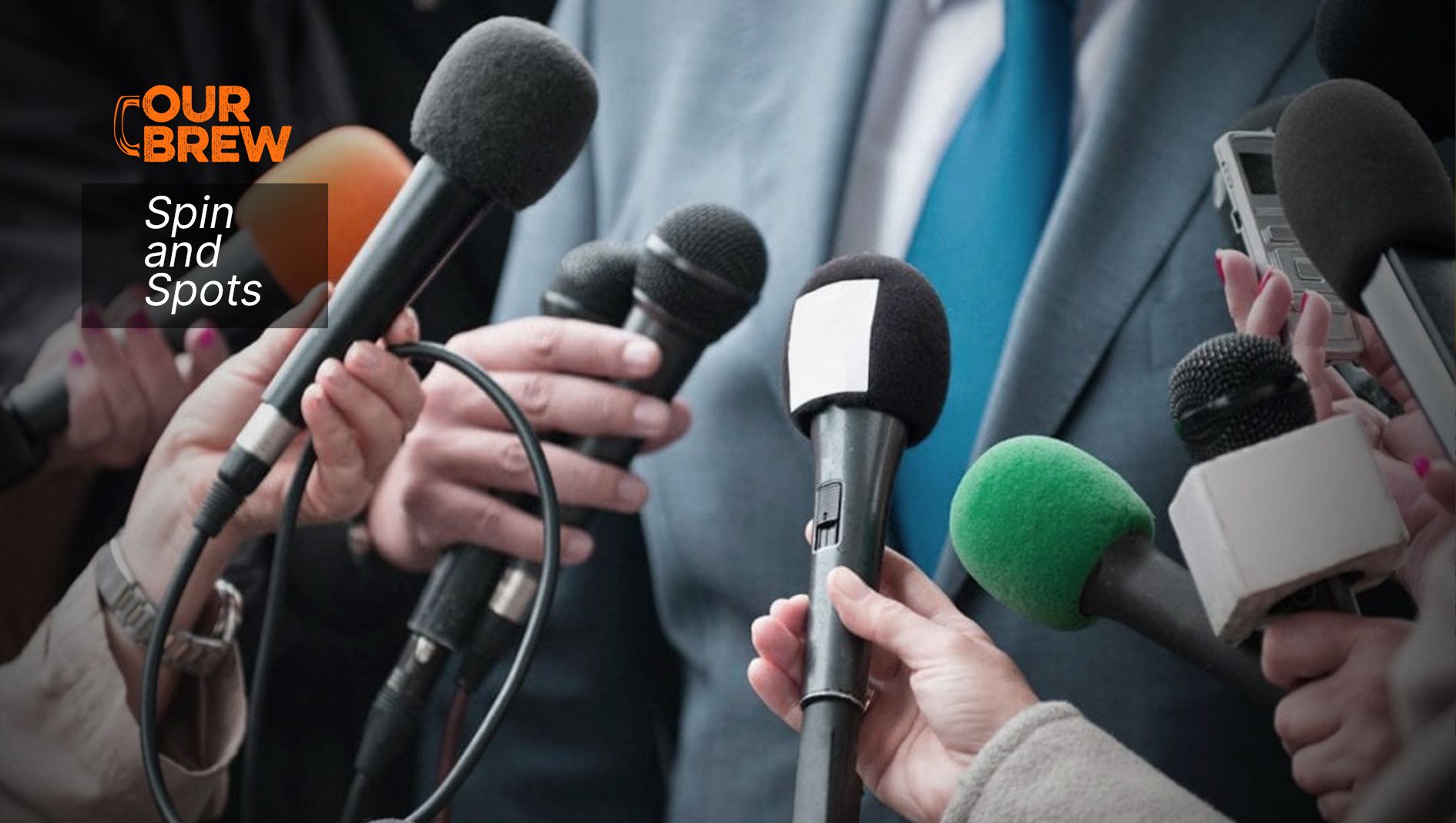
By American Press Institute
For a time, “bias” was the term of choice to describe anything people hated about journalism, whether the power and influence of corporate news organizations to the choices reporters made in writing individual stories. In 2001, in fact, a book about media unfairness entitled “Bias” was number one on the New York Times bestseller list.
In recent years the public seems to have adopted a more nuanced view of bias. Perhaps this is because many critics have found their voice online – where studies confirm that half the blogs contain just the author’s opinion – or that one-sidedness has become a successful business model, as Fox News Channel and MSNBC have demonstrated.
Journalists, nevertheless, often feel compelled to try to prove that they are “unbiased.”
But what if they took a different approach? What if journalists acknowledged that bias does exist, that it is built into the choices they make when deciding what to leave in and what to leave out? That bias is embedded in the culture and language of the society on which the journalist reports? And that “news judgment” does reflect the journalist’s background as well as the news organization’s mission and business model?
What if the journalist said, in other words, that bias may not always be a bad thing? That it may serve to create narrative texture or make a story understandable.
What if journalists acknowledged that bias does exist, that it is built into the choices they make when deciding what to leave in and what to leave out?
One can even argue that draining a story of all bias can drain it of its humanity, its lifeblood. In the biases of the community one can also find conflicting passions that bring stories to life.
A bias, moreover, can be the foundation for investigative journalism. It may prompt the news organization to right a wrong and take up an unpopular cause.
Thus, the job of journalists is not to stamp out bias. Rather, the journalist should learn how to manage it.
And to do that, the journalist needs to become conscious of the biases at play in a given story and decide when they are appropriate and may be useful, and when they are inappropriate.
Biases that journalists and their audiences probably consider appropriate are such things as a belief in representative government, open government, and social equality. Yet an unquestioning adherence to policies based on these principles might not always be the best thing. Is democracy, for example, the best form of government for all people in all places at all times? Should government not be allowed to have any secrets? How far should government go to promote social equality?
There are also biases that cut both ways.
- Being a crusader against social ills is generally good, but you can lose perspective.
- A bias toward official voices is necessary, but if it leaves out other voices it’s a problem.
- Being sensitive to sources is part of listening well but it can also mean that the journalist is writing for them rather than the public.
- Looking for the extraordinary, the man-bites-dog story, can also lead a journalist to distort what is really going on or is important.
- Subject: There is a bias built into the way journalists pick and cover stories. Certain subjects are routinely covered or ignored. Do some subjects or communities only appear when a crime occurs or when there is a special event or parade?
- Boss: What stories are being done or overdone in order to please the boss?
- Production: What stories are automatic because they are easy to do, but may be trivial or incremental? Or how often does a journalist call certain sources because they know the source will answer their phone or offer a perfect quote?
- Against companies: Turning skepticism into negativity and the assumption that every big and successful institution must be doing something wrong.
There are also more subtle biases, but ones every journalist will recognize.
- Market-oriented bias: This can be a pressure to produce stories that target market segments with desirable demographics for advertisers.
- Covering the bases: This means doing the stories everyone else is going to have in order to cover the bases (and your rear end).
- Balance is a long-honored notion, and can be a useful technique for a story that you may not know much about. But how many sides does it take to balance a story? Is a “balanced” story fair? Is it true to the facts? Should you still give equal space or weight to all sides?
- Political bias is something journalists hear a lot about from the public, but inside the newsroom it’s less a topic of conversation. Journalists don’t ask and don’t tell. They don’t know each other’s politics. So therefore it isn’t a problem. But is that enough? Does not talking about something mean it isn’t a problem?
There’s another sort of bias worth mentioning, too.
It used to be called “pack journalism.” It has also been called “group think.” It is the story line that the press corps en masse is telling or repeating. A modern term for it is the master narrative. Bush was a strong leader. Or he was dumb.
These master narratives can become a kind of trap or rut. The journalist picks facts that illustrate a master narrative, or current stereotype, and ignores other facts.
In the end, making choices requires journalists to think. A journalist needs to be conscious of biases so he or she can know what biases make it into stories.
This guide, like many of the others in API’s Journalism Essentials section, is largely based on the research and teachings of the Committee of Concerned Journalists — a consortium of reporters, editors, producers, publishers, owners and academics that for 10 years facilitated a discussion among thousands of journalists about what they did, how they did it, and why it was important. The author, Walter Dean, was CCJ training director and API Executive Director Tom Rosenstiel formerly co-chaired the committee.
If you liked what you just read and want more of Our Brew, subscribe to get notified. Just enter your email below.


Related Posts
The Party as a Person: The Story of ‘Pag Mahal Mo, Akbayan Mo’
May 16, 2025
Frequently-Asked Questions About Advertising – Part VII
Apr 11, 2025
Stanford's Massive Tobacco Ad Archive Reveals a Century of Psychological Manipulation
Jan 30, 2025